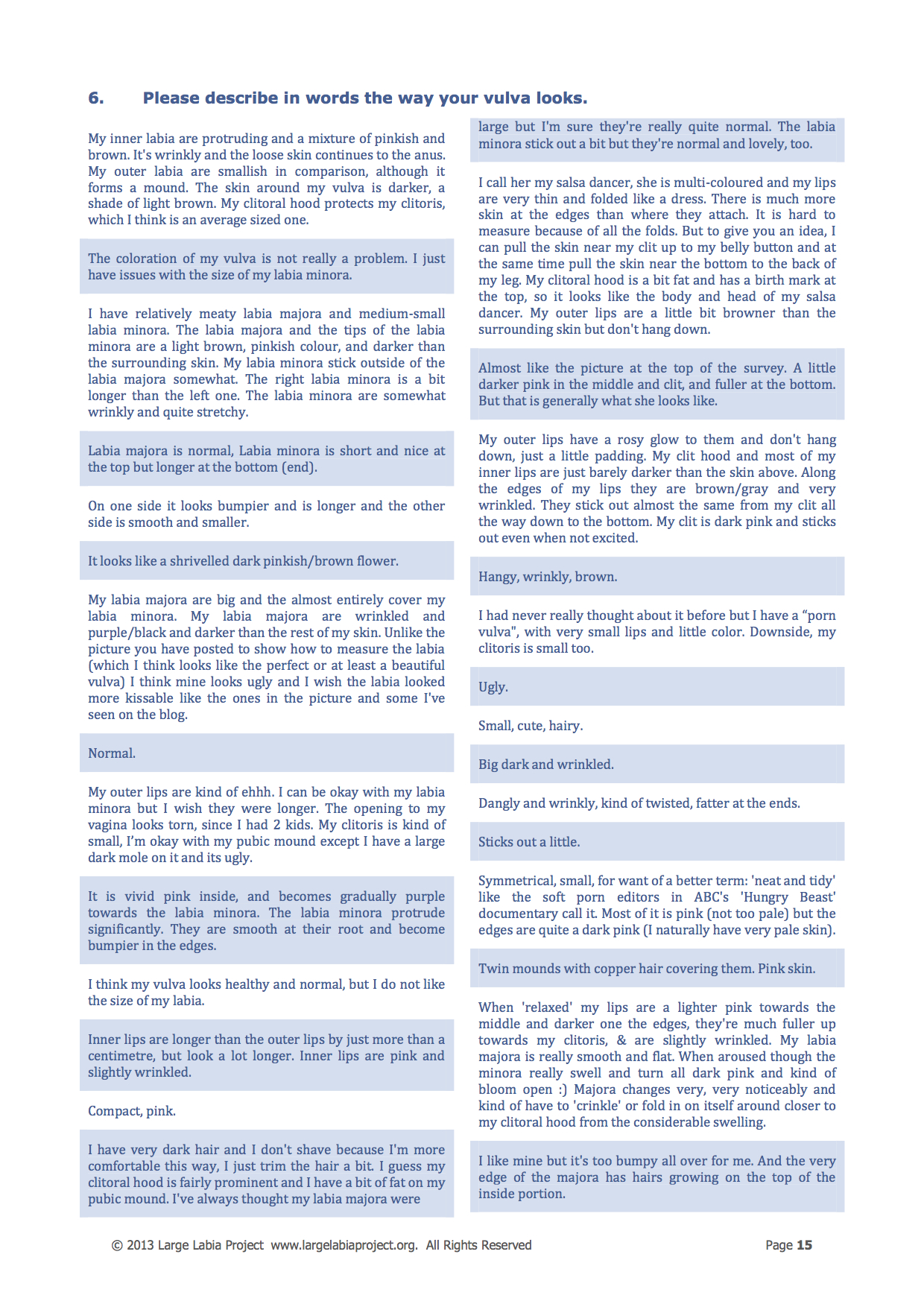From the New York Times:
So You’re Not Desirable ... By Paul W. Eastwick and Lucy L. Hunt
It is one of the hard truths of romance: Desirable people attract other desirable people, while the rest of us — lacking in attractiveness, charisma or success — settle for the best partner who is willing to consider our overtures. In the scientific literature, this idea is enshrined in the concept of mate value, which determines who gets to mate with whom. In popular culture, it is reflected in the choice of comely contestants to vie for the equally comely spouse-to-be on TV shows like “The Bachelor.” Pairing off, it seems, is just one more example that life isn’t fair.
But is this cynicism justified? In a paper that we published this month in the Journal of Personality and Social Psychology, we offer evidence for the seemingly naïve notion that in most romantic contexts your unique appeal is more important than your mate value.
Mate value is predicated on people’s ability to reach some degree of consensus about one another’s desirable qualities. (Rarely do people achieve perfect consensus on anything, but they reach some degree of consensus, for example, that ice cream is tastier than cottage cheese.) If women agree that David has high amounts of attractiveness (or charisma or success), that Neil has moderate amounts and that Barry has low amounts, then David, Neil and Barry have high, medium and low mate value, respectively.
Psychological research on first impressions has shown that men and women do in fact reach some degree of consensus about each other in precisely this way. During an initial encounter, some people generally inspire swooning, others polite indifference and others avoidance. Desirable qualities like attractiveness, charisma and success — the features that differentiate the haves from the have-nots — are readily apparent.
Yet alongside this consensus is an equally important concept: uniqueness. Uniqueness can also be measured. It is the degree to which someone rates a specific person as lower or higher than the person’s consensus value. For example, even if Neil is a 6 on average, certain women may vary in their impressions of him. Amanda fails to be charmed by his obscure literary references and thinks he is a 3. Yet Eileen thinks he is a 9; she finds his allusions captivating.
In initial encounters, consensus and uniqueness are in tension. Which ultimately prevails?












